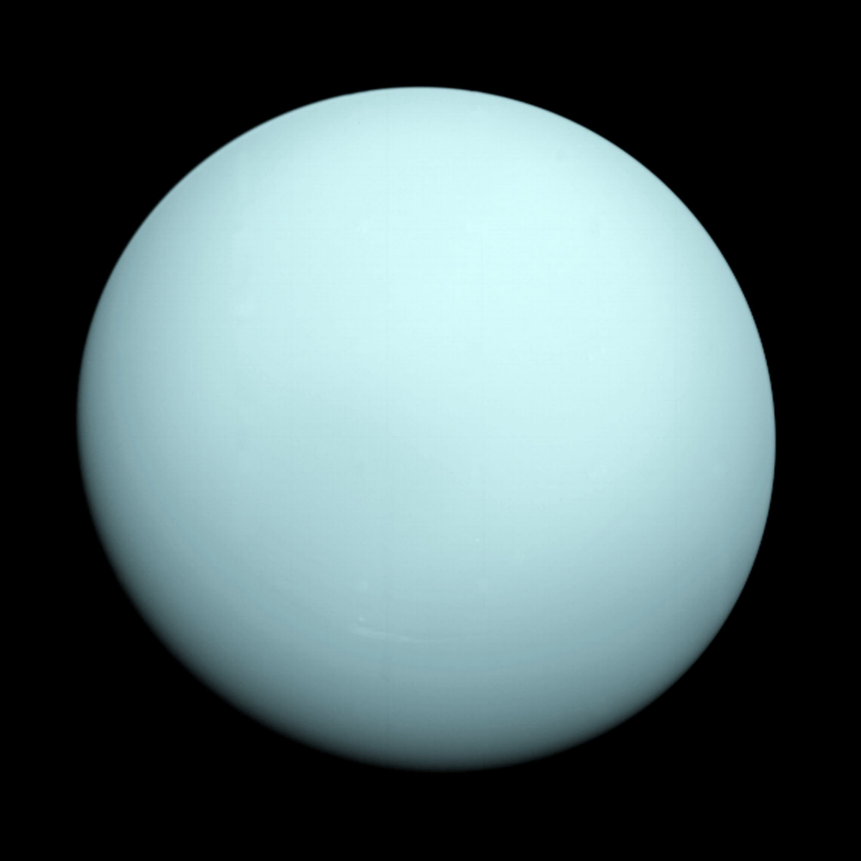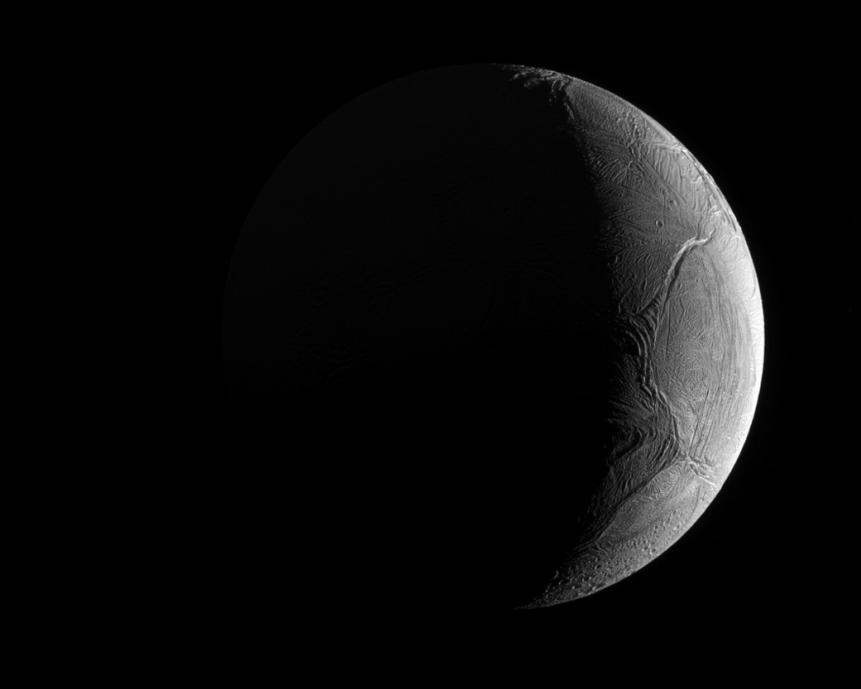
X-ray: NASA/CXO/University College London/W. Dunn et al; Optical: W.M. Keck Observatory
NASA Has Announced Plans for the Next Decade of Space Missions, And It’s Awesome

Personally speaking, I feel like we’ve been focusing on Mars a little bit too much recently. Sure, the Red Planet is all sorts of awesome – so awesome it may have once been a home for life – but with more than half a dozen orbiters, landers, and rovers, it’s certainly got its due.
What if instead, we started visiting, I don’t know, literally the rest of the solar system?
Thankfully the astronomical community felt the same way, as they expressed in their decadal survey outlining the priorities that the planetary scientists should take in the coming ten years. This survey doesn’t necessarily select missions, but it does serve as a guide so that funding agencies – and in this case, we’re looking at you, NASA – can get a good sense of what the community is getting excited about.

NASA/JPL
This is an image of the planet Uranus taken by the spacecraft Voyager 2. NASA's Voyager 2 spacecraft flew closely past distant Uranus, the seventh planet from the Sun, in January 1986.
And I’ll try not to snicker as I write that planetary scientists are really excited by the possibility of visiting Uranus. Specifically, with the poorly named Uranus Orbiter and Probe. Cringe aside, it’s a great idea for a mission. The ice giants of the solar system, Uranus and Neptune, are dramatically different than their gassy cousins Jupiter and Saturn, and we haven’t had a mission to either of them since the Voyager probes a generation ago.
If giant worlds aren’t your thing, another high priority for the next decade will be the development of an “orbilander” to Enceladus, one of the many tiny moons of Saturn. Normally tiny moons don’t get a lot of attention, but the icy surface of that little world hides a globe-spanning liquid water ocean. The mission concept calls for the spacecraft to spend some time orbiting Enceladus, splashing through the plumes of the ice volcanos that occasionally erupt from the surface before going in for a landing and a two-year surface visit.

NASA/JPL-Caltech/Space Science Institute
Seen from outside, Enceladus appears to be like most of its sibling moons: cold, icy and inhospitable. But under that forbidding exterior may exist the very conditions needed for life. Over the course of the Cassini mission, observations have shown that Enceladus (313 miles or 504 kilometers across) not only has watery jets sending icy grains into space; under its icy crust it also has a global ocean, and may have hydrothermal activity as well.
Those two are big, flashy, expensive missions. On the cheaper side of things (as space missions go, that is), the decadal survey highlights a few promising options. One is the Mars Life Explorer (sigh), a lander targeting the water-rich polar ice caps. Another is a rover for the Moon that will send a lunar sample back to the Earth. Still, other options are dropping a probe into the atmosphere of Saturn or orbiting its moon Titan to get a better handle on its hydrocarbon-rich atmosphere of the lakes of liquid methane on its surface.
The decadal survey serves as a wish list for planetary scientists, moderated by the best guess that the community can make when it comes to budgets for NASA over the coming ten years. Ultimately it will be up to the financial capabilities of that organization to make these dreams happen, and those capabilities are set by Congress. Which means that the buck stops with you.
Dive Deeper into the Universe
Journey Through the Cosmos in an All-New Season of How the Universe Works
The new season premieres on Science Channel and streams on discovery+.




















